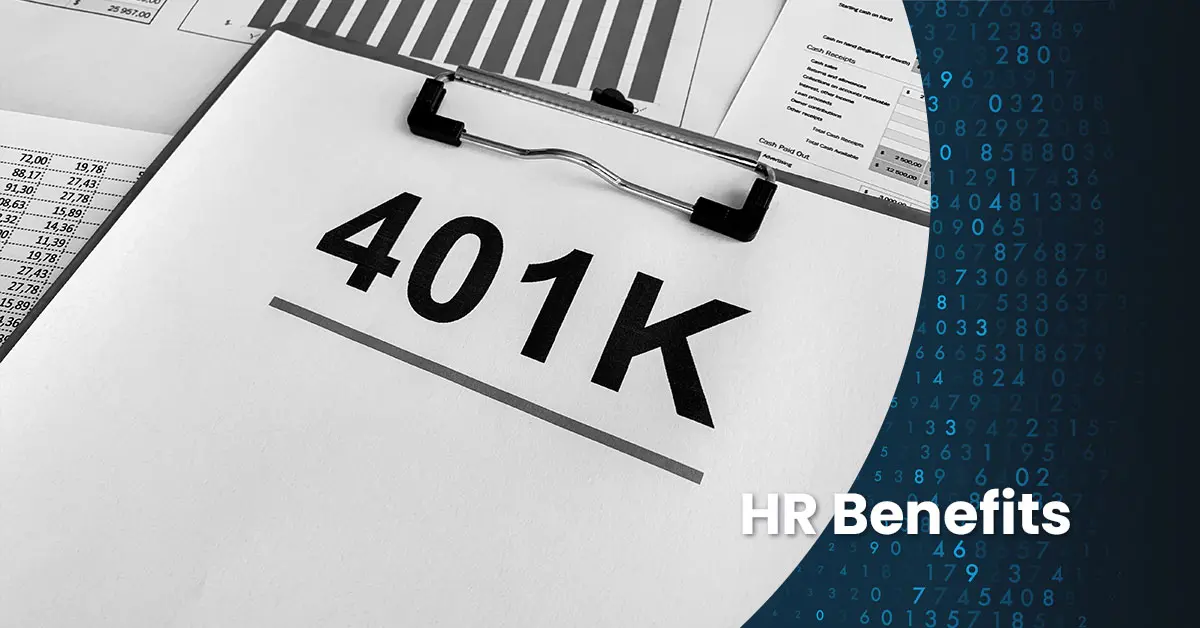Updated 7/30/2019. This 2018 U.S. federal tax filing season, the good news might actually be the smaller refunds seen by many Americans. However, you might be understandably hard to convince if you, your employees or family members fall into this category.
At this point in the tax return season, many are dismayed to find their refunds are smaller than expected. Or non-existent, in the case of those shocked to find that they owe more. Spoiler alert: the culprit is most likely to be the Tax Cuts and Jobs Acts and the somewhat fatter paychecks you or your employees might have received throughout 2018. Let’s take a look at some of the numbers below.
- The average tax refund, at one early point in this year’s tax season, was $2,640. This figure represents about a 16 percent decrease from the previous year’s average refund.
- In this, the first tax year after the December 2017 enactment of the Tax Cuts and Jobs Act, about 80 percent of Americans will pay less federal tax than last year, 15 percent will pay about the same, and only five percent will pay more.
- The percentage of workers not withholding enough federal tax from their paychecks will rise from 18 percent to 21 percent, an increase of millions of taxpayers.
Let’s take a look at why your tax refund might not be what it once was.
Paycheck inflation
The root of the problem might be called “paycheck inflation.” It means that, as a result of the tax cuts, the vast majority of American taxpayers took home at least a little more money every payday. Therefore, it makes sense that there would be less for the IRS to return in the form of a refund.
Good news–the government didn’t take so much from you in the first place, so it used less of your money interest-free during the course of the year before you had to request its return when you did your taxes.
That is good news–right?
Well, yes. It means that your employer (or you, if you own your business) withheld less over the course of 26 or 52 paychecks. But split up the “bonus” amount into that many payday slices and it might not have made much of an impact on your bottom line. Or at least not as dramatic an impact as a once-a-year refund of the money the government had been using for free.
Taking full advantage of the new tax reality
There are a few things you can do to make the most of the new tax reality this year and beyond.
See it for the good news it is. You or your employees kept more of your money upfront instead of having to wait for the interest-free return of amounts that never should have been taken in the first place. How’s that a bad thing?
Plan for next year’s perhaps disappointing refund. Take the “excess” money you’ve received in your paycheck as a results of the Tax Cuts and Jobs Act and put it in a separate savings and investment account. By the time next April 15 rolls around, think of that balance, combined with your IRS repayment, as being your actual refund. Chances are, it will be a more impressive amount than you’re used to getting even before the Act.
See a tax advisor to maximize your tax advantage. There are steps you can take to take full advantage of your tax savings — or at least to minimize the damage if you are among the small percentage of taxpayers who will pay more. An experienced tax advisor will be able to help you plan strategies to minimize your tax responsibility and adjust the paycheck withholdings of you or your employees to avoid the risk of having to pay more.

 Previous
Previous






